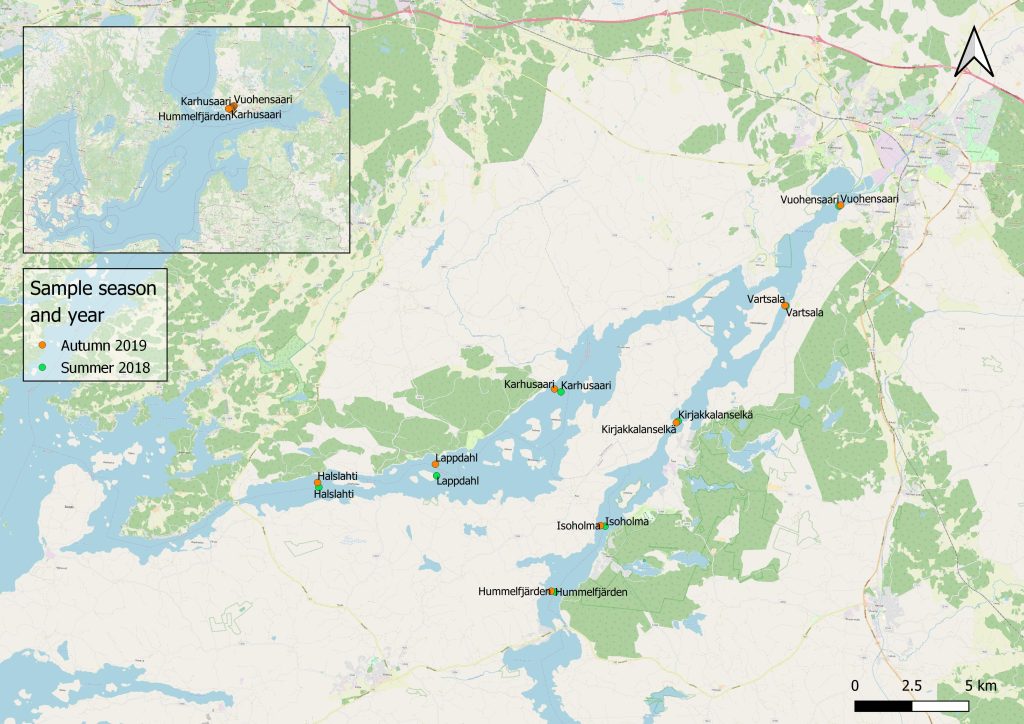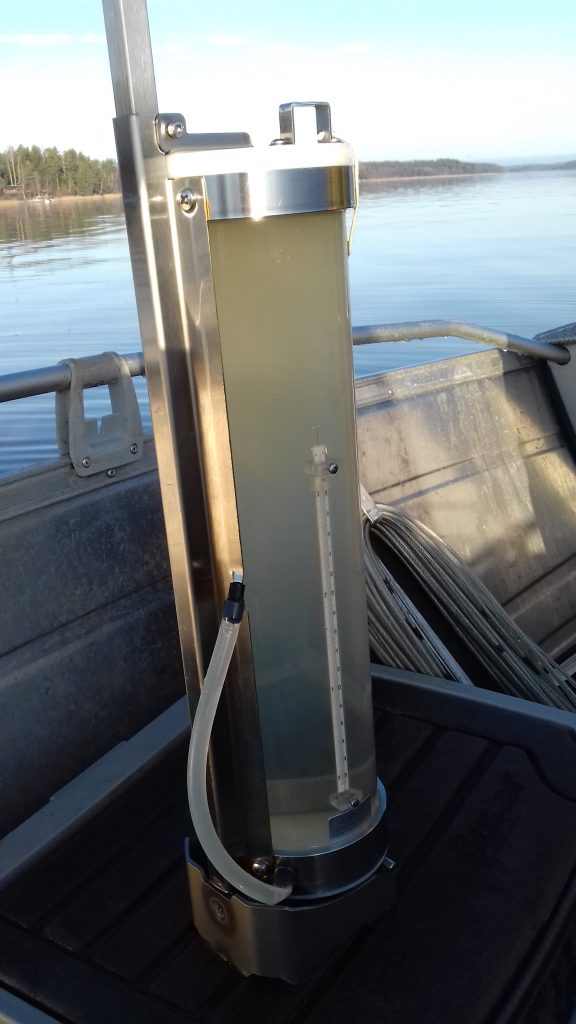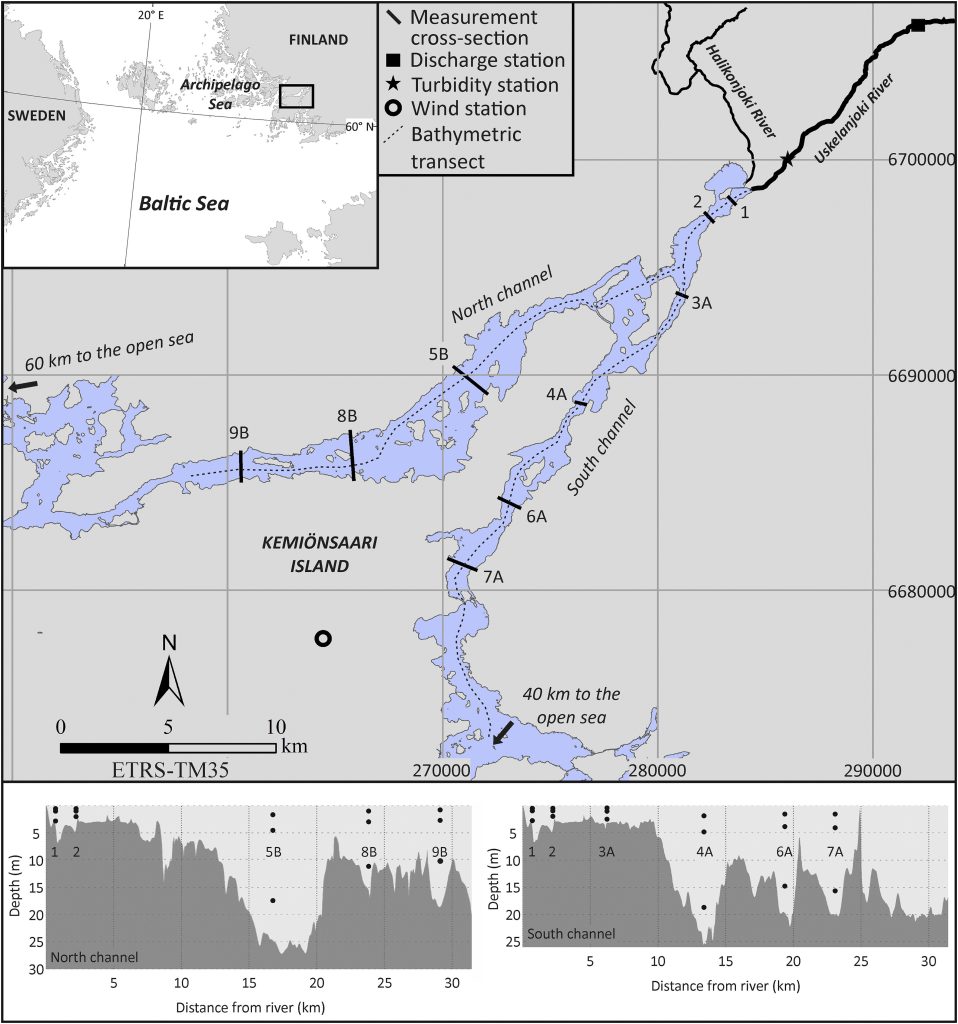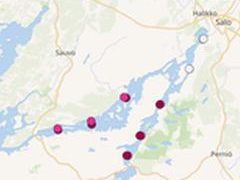Personal Profile
Jouni Salmela has always been interested in the natural world and the phenomena which occur in them. During his bachelor studies he was interested in a wide variety of subjects, however, during his master course he focused on fluvial geomorphology spending two years working on related research involving group work. Motivated by the fieldwork and data aspects of fluvial geomorphology, he pursued his PhD where he started conducting research related to river and coastal systems. His articles main topics are in seasonality change and the intensity of change which they brought
Dataset: Salinity and Turbidity Value
Salinity and turbidity values were collected as there is a relationship between these two values that can show the location of river plumes. The dataset was collected in Halikonlahti bay representing a semi-enclosed, non-tidal brackish water estuary. These were collected using a Analite turbidity sensor and a salinity meter.


(Picture 1 Visualization of sample area in which the data was collected and the time period)
(Picture 2 taken by Jouni Salmela shows a Limnos water sampler used in the data collection)
Background Information on River Plumes
The research which Jouni worked on was concerned with river plumes and how they behave in estuarine environment. This research was of interest as river plumes change the water quality and the biological productivity of the water. These plumes can have a positive or negative effect on the estuarine environment, because of river plumes delivering sediment and nutrients to the coastal water. Too many nutrients can cause eutrophication, where an algae bloom can cause the depletion of oxygen within the water column and disrupt the organisms in the local environment.
Main Findings from Jouni Salmela’s Research Article
- In the summer of 2018, the surface current was towards the river mouth whiles the bottom current was towards the Baltic Sea
- Highest salinity difference could be found at site 3A where the bottom of the river recorded 4.6 ppt and the top only recorded 0.1ppt
- Turbidity was found to decrease drastically seawards
- The research found there’s a strong correlation between turbidity and suspended sediment concentrations
- During low discharge in open water periods, river plumes do not extend far from river mouth
- High discharge of the river caused entered river plume further into the sea
- Small salinity difference between river water and seawater is enough to cause stratification and reduce sediment mixing
- When stratification is combined with windless conditions, it is enough to maintain a buoyant river plume in ice-cover and open water conditions

Here is a link to Jouni Salmela’s field study if you wish to read further into the subject

